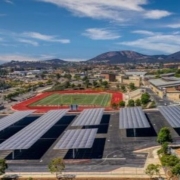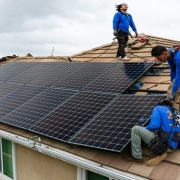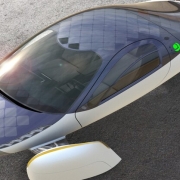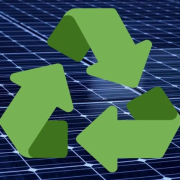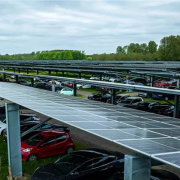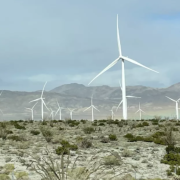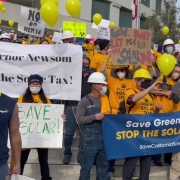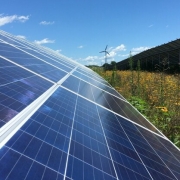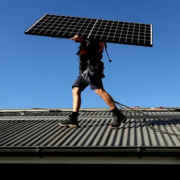On March 15, Environment California submitted a letter of support signed by 64 environmental, consumer and other community groups to Senator Josh Becker declaring support for Senate Bill 49. SB 49, authored by Senator Becker and sponsored by Environment California, would encourage solar canopies over parking lots and direct California to plan for solar power along its highway rights-of-way.
The organizations applauded Senator Becker’s leadership in addressing the climate crisis with a common sense clean energy solution: encouraging more solar power and battery storage that will power communities throughout the state.
Existing developed areas like parking lots and highways should be used to their fullest extent to capture large amounts of solar energy. These groups agree that it’s time to use the state’s plentiful parking lots and highway rights-of-way to produce more clean energy now and help California reach its 100% clean energy goals.
Click here to read the full article
Source: Solar Power World
—
If you have any questions or thoughts about the topic, feel free to contact us here or leave a comment below.

